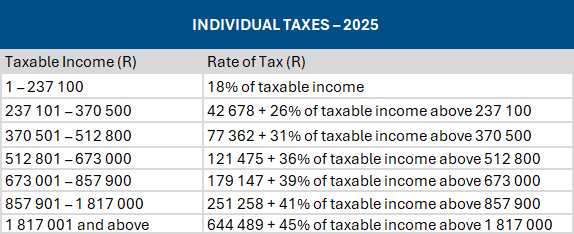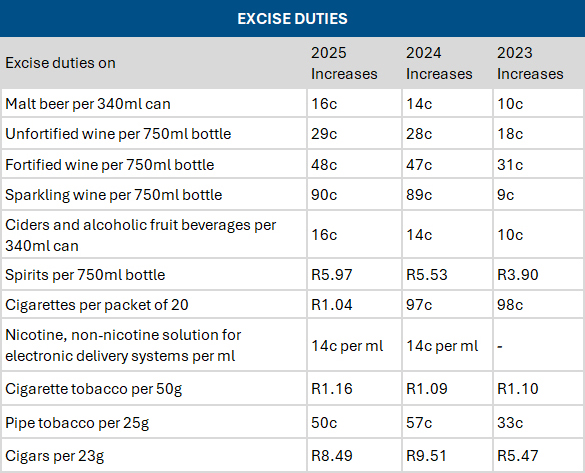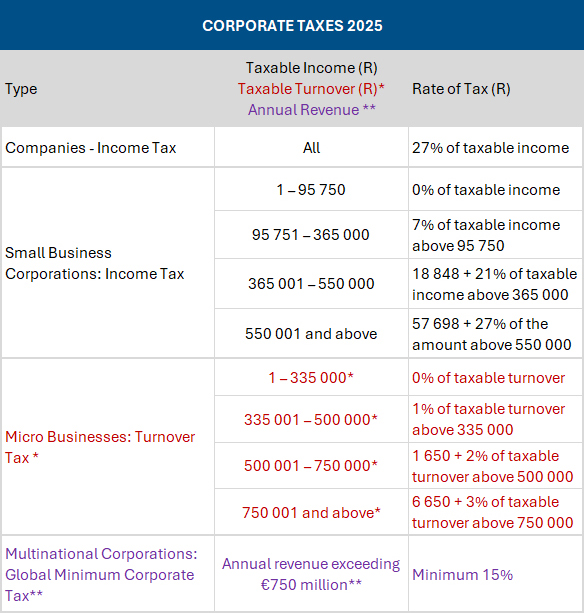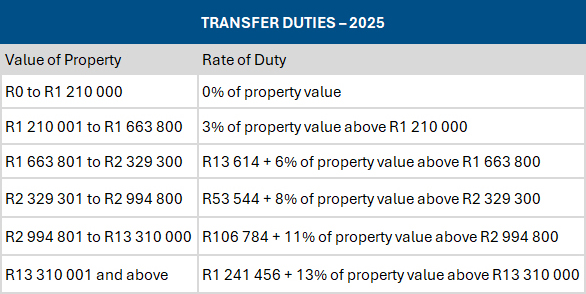This Workers’ Day, Look After Your Business’ Greatest Asset

“Clients do not come first. Employees come first. If you take care of your employees, they will take care of the clients.” (Richard Branson)
Whether you call it May Day, Labour Day or International Workers’ Day, 1 May is an opportune time for businesses to consider and prioritise their workers.
Here’s why happy workers are a business’s greatest asset (and some ways to foster a happier workforce).
Business benefits of happy workers
- Increased productivity. Various studies have shown that happy workers are more committed to company goals and up to 13% more productive.
- Improved customer service. People who are happy at work provide better customer service, leading to higher customer satisfaction and loyalty.
- Reduced costs. Lower absenteeism and improved worker retention mean substantially reduced labour costs.
- Enhanced creativity and innovation. Happy workers buy into the big picture, offer creative solutions, take thoughtful risks, collaborate and are more likely to experiment.
- Superior business performance. Gallup research shows that companies with happy workers can outperform competitors by up to 200%, and achieve up to 22% higher profitability.
5 ways to increase happiness in your workplace
- Create a supportive work environment
Essential for employee wellbeing is a safe and supportive work environment in which diversity is valued and everyone is included and treated respectfully. This is also the foundation for a company culture that’s centred around teamwork, collaboration, job satisfaction, and accomplishment.
- Balance job demands with resources
Providing sufficient and appropriate resources to ensure staff can meet their work demands means the work gets done efficiently and on time. It is also important that workers’ roles and responsibilities are clear and aligned with company goals, and that issues like time pressures and overwhelming workloads are addressed quickly.
- Offer competitive compensation and benefits
Be sure to offer fair compensation packages as well as benefits that add value to employees, such as flexible scheduling and work arrangements, extra paid time off or even an onsite canteen, gym, or creche. Maintain this competitiveness through annual compensation reviews.
- Recognise and appreciate all workers
It can be a really good idea to implement a formal recognition programme. After all, over 70% of employees say “feeling unappreciated” is the biggest driver of dissatisfaction. It’s equally important to make health and wellbeing a priority in your workplace and to encourage workers to share their feedback, ideas and concerns. Nobody likes to feel ignored!
- Invest in professional development
Continuously provide the necessary training and tools for employees to perform effectively. Complement this by investing in professional development, and offering workers at all levels opportunities for upskilling and career advancement.
The bottom line
There is a real return on an investment in happy workers – and many easy ways to increase the level of happiness and engagement among your workers.
















